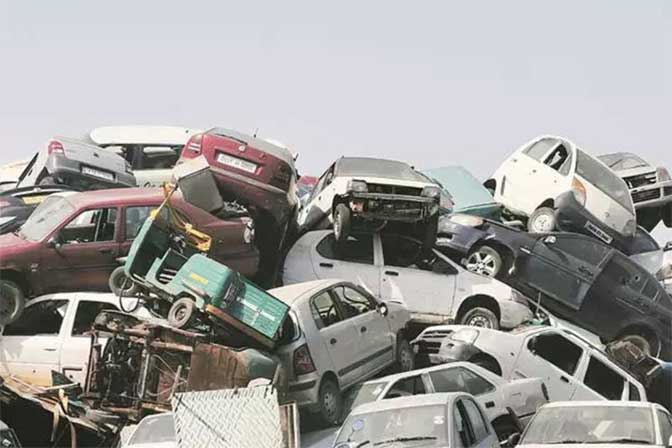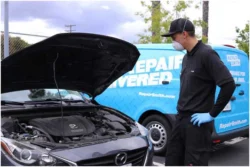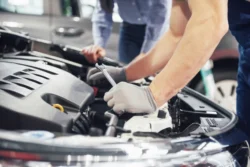Gone are the days of sending your old car to the junk yard or landfill to collect dust. Recycling has become a huge part of many people’s lives for a variety of reasons, including the desire to preserve our natural resources and get a few dollars from trading in old materials.
While cars have been recyclable since the conception of the vehicle, they have not always been reused or recycled effectively. However, the practice of recycling car parts, and recycling them appropriately, has gained speed in recent years as our wasteful and harmful habits have become more evident.
Essentially, recycling car parts is highly beneficial for drivers, car manufacturers, and the environment.
Reduces Need to Produce New Raw Materials
One of the most beneficial aspects of recycling vehicles is the decreased need to produce raw materials.
Creating the metals necessary to make a car run requires a variety of dangerous chemical reactions that use energy and create byproducts. Additionally, there are even more chemical processes required to dispose of or reuse these metals.
Sourcing, mining, and creating car parts create greenhouse gases. The car manufacturing industry produces billions of tons of carbon dioxide every year from the many processes that are involved in creating car parts.
Even before all of the components can come together to make a functioning vehicle, those parts must be created separately, using up electricity and creating waste at every step. Meanwhile, even if vehicle parts are damaged or non-functional, they can still be utilized in new vehicles through the recycling process. These components can be disassembled, crushed, melted, and remade into new parts without resorting to mining new raw materials.
The production of steel and aluminum, the main metal components of cars, produces 6 percent and 1 percent of the world’s total greenhouse gases. Compared to producing new aluminum, recycling reduces energy expenditure by more than 90 percent and only 5 percent of the greenhouse gases of new aluminum.
Both metals are 100 percent recyclable and can be remade over and over without degradation. Thus, recycling the two biggest components of vehicles will only be beneficial. Additionally, every ton of steel recycled allows companies to avoid mining 2,500 pounds of iron ore, and 1,400 pounds of coal.
Increases Availability of Low-Cost Car Parts
According to the three R’s of reduce, reuse and recycle, recycling is actually the least productive way of reducing waste. Reusing products does far more for the environment — and you can reuse car parts! A used part does not equate to a damaged or unusable part. Many used car components are intact and can be reused in newer vehicles.
Reusing old, functional car parts will decrease the cost of fixing a newer vehicle whether it is glass, upholstery, engine parts, or body components that need replacement.
While newly-made parts might seem like they would be better as a replacement, that is not the case. Recycled metals are just as durable as those made directly from raw materials. Furthermore, many vehicles have standard size windows and windshields. Thus, you can reuse old glass at a fraction of the price of purchasing it brand new.
Every part of a car can be reused or recycled, even if a part is no longer functional in a current vehicle. This includes:
- Rubber
- Glass
- Plastic
- Titanium
- Copper from electrical components
- Fibers from upholstery and carpets
Additionally, many vehicle fluids can be drained and reused in other vehicles as well as for other purposes. For instance, transmission fluid can be burned to produce energy.
Keeps Car Parts Out of Landfills
While a standing car looks harmless from the outside, over time it can become an enormous hazard. One of the worst places for a car to wind up after it has reached its expiration point is a landfill. The vehicle might not have been doing you any good sitting in your yard, but it is doing damage sitting in a dump.
This is because cars are made of several dangerous chemicals. While the outside metals might not cause too much harm for years, degraded car parts can cause fluids like coolant, engine oil, solvents, and anti-lock agents to spill into the environment.
Breathing in such fumes or touching the fluids can cause physical and neurological damage either immediately or over time. When these chemicals pollute our air and resources, they can collect within our bodies over time. As a result, we can be ingesting poisons that can lead to diseases like cancer and birth defects in infants.
These pollutants can leak in the soil and local water systems. Fluids that have collected in puddles, streams, or rivers can be ingested by wildlife and can disrupt ecosystems if enough of the population is affected. This will cause a chain reaction within other ecosystems, as well as in humans who live in the area.







